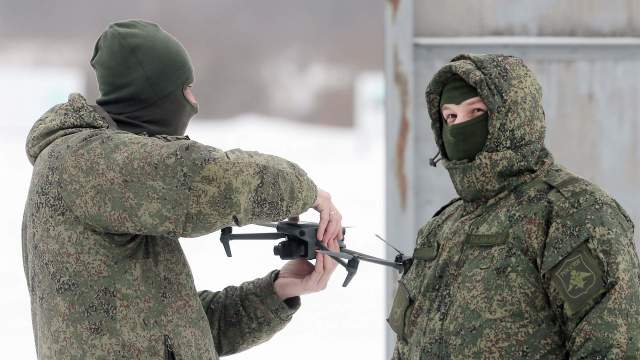Domestic equipment will help to avoid "friendly fire"
The special equipment of the "friend-foe" system for UAVs has been tested and is ready for mass production, Rostec State Corporation told Izvestia. It will make it possible to distinguish Russian drones from enemy aircraft. The small-sized device can be integrated into a wide range of combat drones. Such devices, but of a larger size, are used in aviation to distinguish their planes and helicopters from enemy equipment. Experts note that this development will protect Russian UAVs from "friendly fire".
Avoid "friendly fire"
The small-sized transponder of the "friend-foe" system automatically marks friendly drones. It will allow Russian air defense systems, as well as aircraft and helicopters to identify their UAVs at a distance of up to 100 km and at an altitude of up to 5 km. The device weighs 150 g and consumes a minimum of electricity, so it can be installed even on small drones, such as Mavic-type quadrocopters.
— When the radar drone is irradiated, the transponder will send an encrypted signal that will allow our aircraft or anti—aircraft complexes to identify the aircraft as their own, - Izvestia sources in the military-industrial complex explained the principle of operation of the device.
The transponder works with stations using the Russian Password identification system. Such devices are used in military aviation to distinguish their aircraft from enemy equipment. However, the dimensions of such equipment for airplanes and helicopters are much larger.
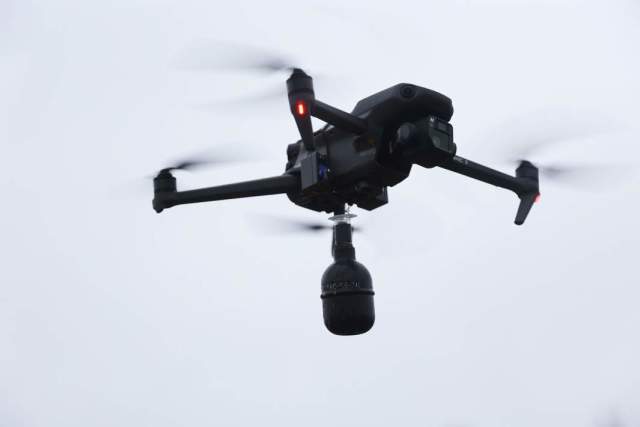
Photo: RIA Novosti/Pavel Lvov
Image source: iz.ru
— The equipment developed in the holding company "Roselektronika" has been successfully tested. The company is ready to start mass production upon receipt of orders. Using the device allows you to minimize the loss of your UAVs from friendly fire," Rostec told Izvestia.
Without a "friend-foe" identification system, air defenses do not distinguish whose drone is in the sky, military expert Alexei Leonkov told Izvestia.
— At the beginning of their work, they tried to solve this problem by informing the anti—aircraft gunners of the areas where our drones will operate, - the expert explained. — But the situation has changed a lot since then. There are thousands of UAVs operating along the line of contact, and it is almost impossible to understand their affiliation. Our air defense system shoots down everyone in a row in order not to miss enemy attacks, prevent reconnaissance and artillery adjustments from drones. Our anti-aircraft gunners simply have no choice. After the introduction of the "friend-foe" system on UAVs, the situation will change in our favor, cases of "friendly fire" will be minimized. Our drones will serve longer, and the air defense will reduce the consumption of missiles.
The system of determining "friend or foe" simplifies the actions of aviation and air defense during combat operations, and, of course, a potential enemy has always sought to get it, former commander of the 4th Army of the Air Force and Air Defense, Lieutenant General Valery Gorbenko, told Izvestia.
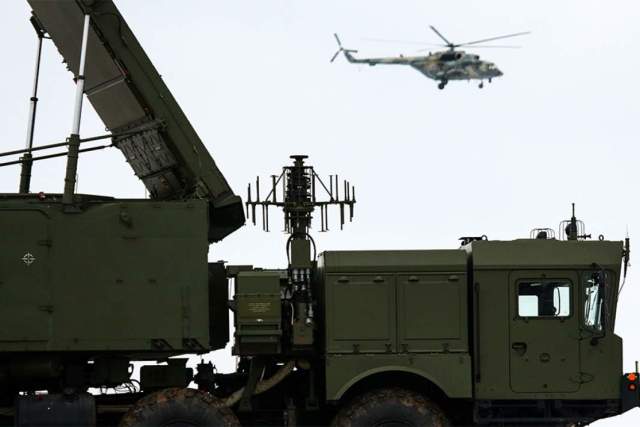
Photo: TASS/Sergey Malgavko
Image source: iz.ru
— In the USSR, there was a case when our pilot drove the MiG-25 to Japan, — he said. — Representatives of the United States immediately flew to the airfield for secrets. And first of all, they took possession of the equipment of our "friend-foe" system. Then the USSR had to refit all the planes, change the codes. It cost a lot of money for our country. But it was impossible otherwise — the enemy would have had a chance to mislead our interceptor and air defense aircraft.
At that time, the Silicon state identification system was on the MIG, it will then be replaced with a modern one and with a more complex and advanced encoding algorithm — "Password". It is believed that it cannot be hacked. It is with it that the new transponder for the UAV is integrated.
Fighting without pilots
The special operation in Ukraine was the first conflict where UAVs play an important role. The Russian army, like the enemy, has been actively using drones since the first days of its operation. In some areas, drones have repeatedly filmed the work of enemy UAVs and even shot them down with a battering ram.
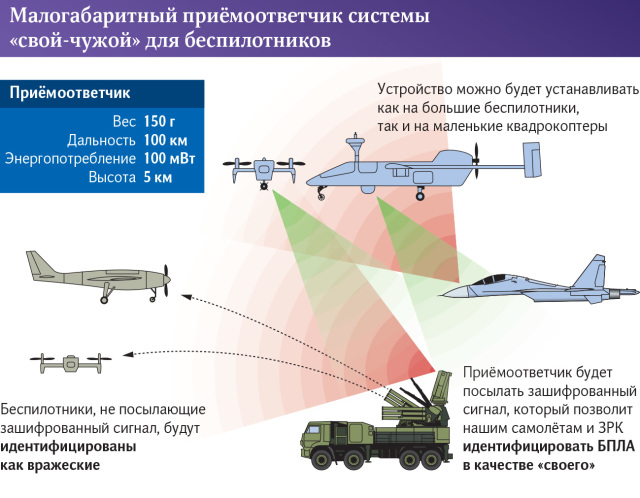
With the help of drones, reconnaissance is conducted, artillery and aviation are adjusted, strikes are carried out using hand grenades, bombs, VOGes (ammunition for automatic grenade launchers. — Izvestia), rockets and homemade ammunition.
Recently, kamikaze drones - FPV drones — have been especially active directly above the line of contact and in the near rear. As a rule, these are small devices filled with explosives, and mortar mines, hand grenades or RPG ammunition are also attached to them.
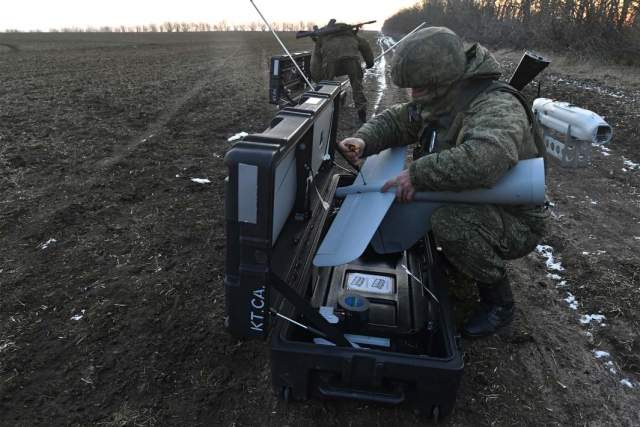
Photo: RIA Novosti
Image source: iz.ru
Domestic Geran-2 drones are used as high-precision long-range weapons, striking targets in the deep rear.
Drones are constantly being improved. Earlier, Izvestia reported that Russia has launched a serial production of ammunition for FPV drones. This autumn, deliveries of high-explosive, high-explosive fragmentation and cumulative combat units began in the zone of its operation, and it is planned to expand this line in the future.
The new ammunition is optimized as much as possible for installation under FPV drones and at the same time does not reduce their maneuverability. They are much more powerful than homemade ones, which are now often used on the line of contact. And most importantly, they are safe for drone calculations.
In the interests of the troops of radiation, chemical and biological protection of the Armed Forces of the Russian Federation, a line of unmanned systems designed to dump thermobaric and incendiary ammunition is currently being developed.
Bogdan Stepovoy
Julia Leonova
